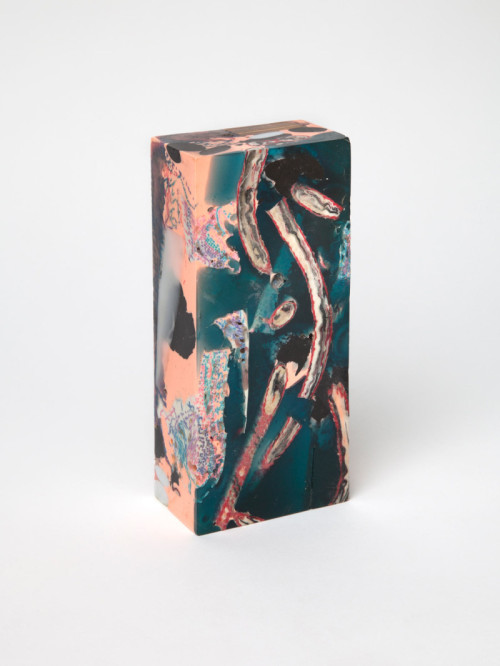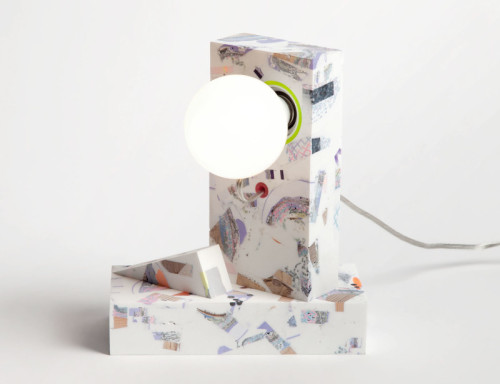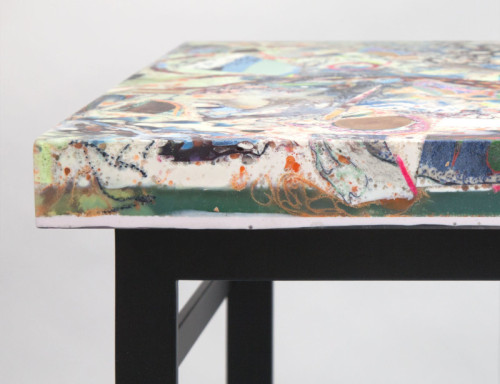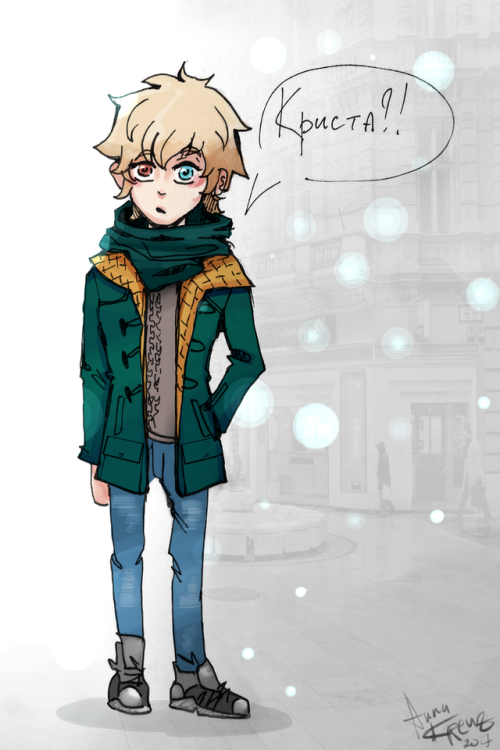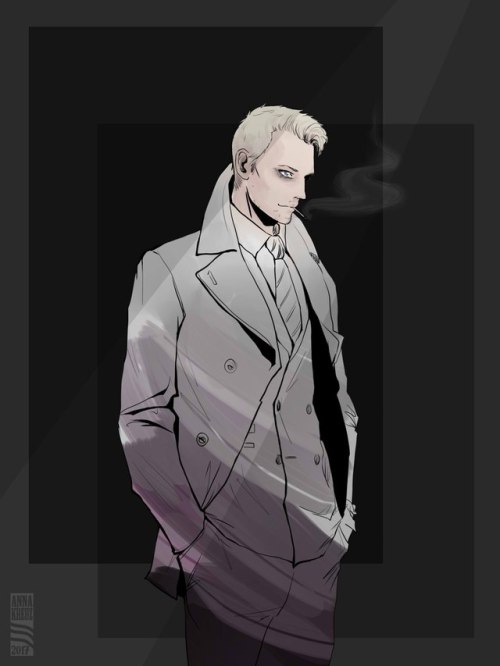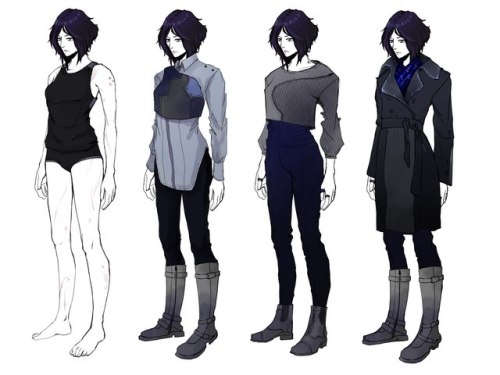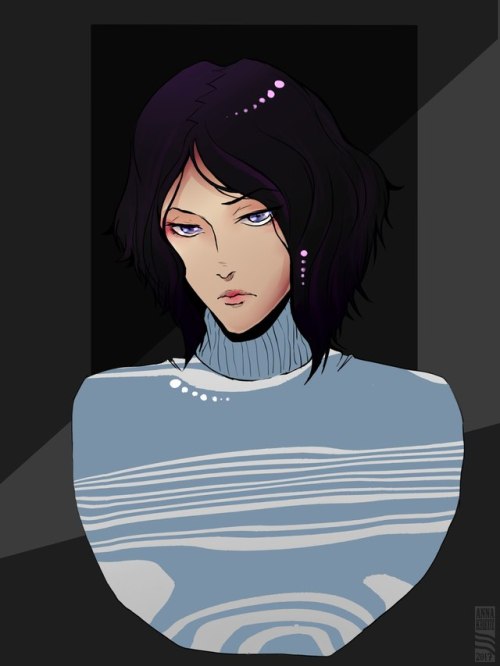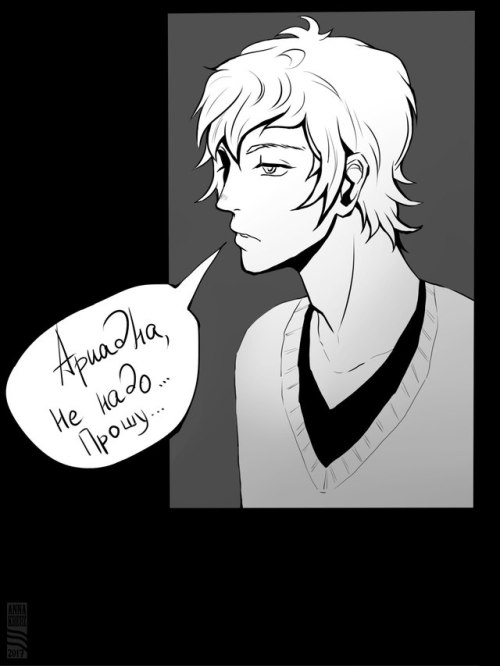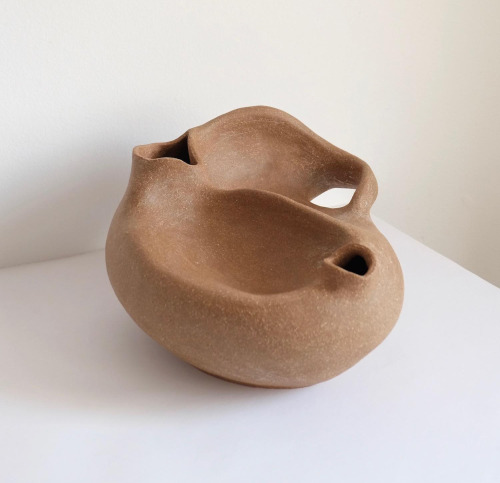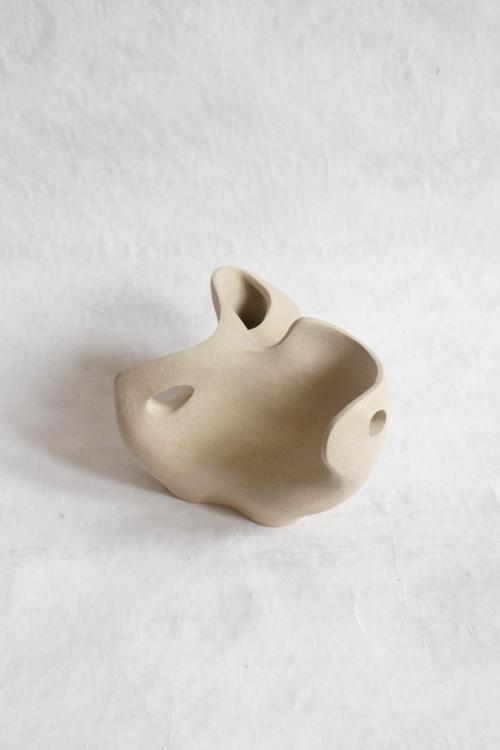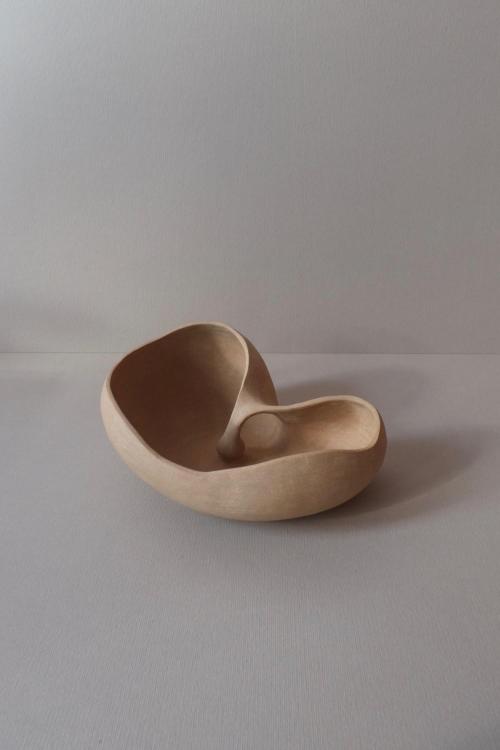#function
The human brain is a fascinating organ. It starts working the day you were born and won’t stop until you’re in the middle of that fucking math exam and all of sudden everything you remember is the chorus of Cotten Eye Joe.
#Today is the last day that I’m using words
They’ve gone out, lost their #meaning
Don’t #function anymore Traveling, leaving #logic and #reason
Traveling, to the arms of #unconsciousness
Traveling, leaving logic and reason
Traveling, to the arms of unconsciousness [Chorus:] Let’s #get unconscious honey
Let’s get unconscious
Let’s get unconscious honey
Let’s get unconscious #worldaidsday2016
#keeppushingonthingsaregonnagetbetter
#alkelinethebody
#blackseedoil
#eliminatemuccus
#naturaldiet
#thetimeisnow⚫️
#fallensoldiers ()
Post link
MICAHELFROMTHE GOOD PLACE
[ENTP] “The Originator”
DOMINANT FUNCTION: EXTRAVERTED INTUITION [Ne]
Ne is a novelty seeking perceiving function preferring ideas, connections, and possibilities. This is exactly what Michael leads with. He loves exploring different possibilities and this is seen by his ambitious and unusual form of torturing people in hell. He was not satisfied with the usual and craved a more inventive way. He approaches his job as an architect from that perspective, more comfortable in the ideas and possibilities than in the details. He has Janet to help with the details of his plans.

His Ne outlook on the world is also what leads him to perceiving the afterlife a little differently. Not just in his need to put new energy in his hell, but in how he starts to see from the humans’ perspectives and is open to questioning his own beliefs.
These are all the positives of his Ne dominance, but we also see how he can struggle with Ne being his primary mode. Because he is so open to possibilities he can have a hard time coming to firm conclusions and feeling satisfied. He always needs a challenge, a new puzzle to solve.
At times he can be so frozen with possibilities he can’t move forward. This is seen when he confidently makes the deal to run his experiment on four new humans to prove that in the afterlife humans can change. He is frozen by all the ways in which it could all go wrong. Instead of being able to confidently and methodically move forward through the plan, like his ENTJ counterpart would be able to do, he finds himself overwhelmed.
At the same time, because he has a hard time with conclusions and being satisfied, this actually drives him to keep questioning the process of the point system. Like all functions Ne is a double-edged sword.
SECONDARY FUNCTION: INTROVERTED THINKING [Ti]
As mentioned in describing his Ne, Michael likes a challenge. He prefers to innovate logical systems, to strategize, and compete rather than deal with the emotions of others and people in general. This is the difference between how an ENTP funnels their Ne energy versus an ENFP.
His way of helping his friends is more through analyzing the inconsistencies of the system itself and trying to find loopholes. He isn’t great at immediately helping his friends emotionally. This isn’t to say he doesn’t care, he clearly does. We see his way of helping through that channeling of Ne-Ti to try and make lasting change for their overall lives. He may not always be the first to hug or talk through say Eleanor’s familial issues, but he will move the pieces of the puzzle to try and make the situations for his friends better.

As an introverted function, Ti is used more inwardly as well. When he gets enveloped in a project he can seem more intense like an INTP. He tries to solve an issue and seclude himself at times. However, because he leads with Ne he is far more comfortable with ambiguity in the world around him when trying to understand a problem. This is evident when contrasted with Chidi, an INTP, who is not as comfortable with such ambiguity existing in the world.
When trying to figure out if Michael uses more Ti rather than Te, it comes to the approach of the logic used. Michael tries to understand a situation or a problem as they come rather than try to use a rational system to universally filter situations through. Although this can make Michael more relaxed, he can frustrate others with his more laid back sensibilities in situations. While he is open to accepting a lack of concrete answers more often, he can seem inefficient and unserious to others when he does this.
TERTIARY FUNCTION: EXTRAVERTED FEELING [Fe]
All the functions in our stack drive us in some way, but not all come as naturally to us. Fe no matter where in the stack is interpersonal, seeking peace, harmony, and understanding in all relationships. By now, we can see all the pieces coming together. Like I said, he does care. He wants to help his friends and doesn’t revel in their discomfort. But he doesn’t know exactly how to address their discomfort in an actual Fe fashion. While this Fe drives him, he uses his Ne and Ti as described above to try and fix this disharmony.

Because this is lower in his functional stack, he is more comfortable with his inward judgments than expressing them outwardly. This Ti-Fe conflict leads to ENTPs, like Michael, to inwardly resent those who are trying to control him.
This becomes central to Michael’s mission. Yes, he is trying to help his friends, but he also resents being manipulated and forced to be a cog in a machine that isn’t evenly working properly. Luckily, he has friends to keep connecting with his Fe to channel this resentment in a more helpful and positive way. Without this we could see a far more evil Michael trying to take down the system.
INFERIOR FUNCTION:INTROVERTED SENSATION [Si]
Michael is more of an idea man than he is one to deal with a methodical approach and hammering out the details. He is really able to thrive in his role in the afterlife because he has the assistance of Janet to help with the details so his ideas can come to fruition. It isn’t that Michael doesn’t value these details, they are clearly important. But he prefers to keep them in context of the bigger picture of his plans and problem solving than he would to look through each detail himself. However, that only works for so long and Michael can miss crucial details at first.

An example of this is how he assumes that the point system is rigged by hell. Michael is able to quickly see the pattern of people not going to the good place and he immediately makes connections of the possibilities. But he doesn’t start by looking at the details of the point system itself. He comes upon this later to discover the complexities of the system. Now, once he does, he is able to contextualize that complexity immediately, but he could have discovered this sooner if he were more comfortable and prone to searching for the details.
Si being inferior also leads to ENTPs like Michael to forget about their own self-care. He gets so wrapped in problem solving that he forgets to take care of himself. He can have a hard time centering himself in concrete perceptions and go too far with Ne as seen in his break down mentioned in the Ne section. It is important for Michael learn to work with his Si more in order to avoid such consequences.
Post link


Rubina - VS Cotton - Eyelet Lace Waist Stretch Cotton Thong
Everything You Need To Know
“This work sprang originally from my need to define the ways in which my outlook differed from Freud’s and Adler’s. In attempting to answer this question, I came across the problem of types; for it is one’s psychological type which from the outset determines and limits a person’s judgement. My book, therefore, was an effort to deal with the relationship of the individual to the world, to people and things. It discussed the various aspects of consciousness, the various attitudes the conscious mind might take toward the world, and thus constitutes a psychology of consciousness regarded from what might be called a clinical angle.”
- C.G. Jung, Memories, Dreams, Reflections.
Not everybody approaches the world in the same way. In fact, most people seem to differ from each other greatly – sometimes it seems like a miracle that we can even get along at all! In attempting to explore this problem, Jung devised a system of types that – although not as scientifically rigorous as modern personality inventories like the Big 5 or the MMPI – was simple, elegant, and deep. This should be repeated: Jung’s typology, although rooted in practical experience, is intuitive and symbolic in nature. It is meant firstly as a therapeutic tool and not as a strictly scientific theory.
Jung’s typology is made up of six elements. The first are two attitudes: IntroversionandExtroversion. These represent the direction of interest of the psyche and the movement of its energy, whether inwards or outwards. The others are four functions: Thinking,Feeling,SensationandIntuition. These are modes of operation that, between the four of them, roughly encompass your conscious experience. The shorthand goes like this: Sensation tells us that something is there; Thinking tells us what it is; Feeling tells us if it is agreeable or not; Intuition tells us from where it came and to where it might go.
Introversion is an inwards-turning of energy. It’s an orientation that expresses the supremacy of subjective part of life; one’s inner thoughts, feelings, personal experiences, and the deep unconscious*. This does not mean that introverts are always introspective – instead, their relation to the outside world is coloured by their subjective view in such a way that their perceptions and judgements hinge more on their private inner reality than on the shared reality of the objective world. Because their energy moves away from the object (and towards the subject), they tend to be relatively reserved, inscrutable, and shy.
*Footnote to Introversion: The “deep unconscious” here refers to the Collective Unconscious, which is covered in another article. To summarise, the subject isn’t only made up of personal experiences or memories. Just as we all have an inherited body that is only superficially different between individuals, so do we have an inherited psyche that has evolved over millions of years. Introversion relies particularly heavily on inherited, instinctual images and patterns of thought. Pushed to the extreme, these manifest as a mythological or religious quality of thought, since myths are just the collective expression of these inner archetypes through stories.
Extroversion is an outwards-turning of energy. Here the objective part of life is the most important. Extroverts think and act in a way that corresponds more directly to external conditions. They aren’t necessarily perfectly adjusted – extroversion is no guarantee of good social skills, and furthermore, neglecting their inner life often results in grief for the extrovert. However, they are constantly impelled to relate to the outer world in some way, and in turn to be affected by it, whether that means they’re on good terms with everybody, or that they pick fights with everybody. In general they are relatively open, sociable, jovial, or at least friendly and approachable.
The four functions are made up of two pairs of opposites. Sensation and Intuition make up the first pair. These are the “irrational” orperceiving functions. Sensation takes in impressions of the material world via the five senses, which often results in a pragmatic, grounded, or aesthetically-minded personality. Intuition is a subconscious or subliminal perception that, roughly speaking, presents the user with a whole where only a part is objectively visible. This often results in a speculative, flighty, or imaginative personality. Thinking and Feeling are the “rational” or judgingfunctions. Thinking takes a detached, mechanistic view of problems, and seeks to put the world in conceptual or at least logical terms. Feeling recognises and imparts subjective value onto things, deciding whether or not they are agreeable and good.
However, these functions are never developed and used in an individual to the same extent. As a rule, one becomes the person’s primary approach to life – thedominantfunction. Its incompatible opposite is partially repressed as a result. This becomes theinferiorfunction. The two other functions are in a middle-state of differentiation, and therefore are less harshly polarised. One is usually theauxiliaryfunction, which supports and counterbalances the dominant – a functional sidekick. This is not a hard rule, though: both could be auxiliaries, or both could be undifferentiated inferior functions. However, the most common arrangement consists of two conscious functions, the dominant and main auxiliary, and two unconscious inferior functions.
==============================================================

Fig. 1 - A Thinking dominant, Feeling inferior arrangement. The two middle functions, Sensation and Intuition, are halfway between consciousness and unconsciousness. They can be developed auxiliaries or underdeveloped inferiors.
==============================================================
These dominant-auxiliary combinations begin to paint familiar pictures – the practical problem-solver with Thinking and Sensation, the esoteric creative artist with Feeling and Intuition, etc. The inferior function also tends to be recognisable. We all know people who have terrible difficulties with Feeling, or for whom material reality is always a stumbling block thanks to inferior Sensation.
Finally, in any given function type, a certain attitude will also dominate. This attitude does not exist on its own, but applies to the dominant function, so that the Thinking of a Thinking type might actually be Introverted or Extroverted. The opposite attitude, however, is repressed and combines with the inferior function. The middle functions are again in a more mercurial middle state; they often have the capacity to shift either way. This results in a distinct set of types, which are described in my Jung Abridged series.
To recap: Two attitudes, Introversion and Extroversion. Four functions: two perceiving, that is Sensation and Intuition, and two judging, that is Thinking and Feeling. One is dominant and conscious; its opposite is inferior and unconscious. The other two functions can be either conscious auxiliaries or unconscious inferiors. The dominant function has a characteristic attitude; the inferior takes the opposite attitude. Those are the basics – from here you can check out any of my other articles, which deal with many aspects of this schematic in greater depth. Enjoy!
Chen Chen & Kai Williams’ Materiality
The New York-based studio, founded in 2011, by the artistic duo Chen Chen and Kai Williams continues to push the boundaries of design by constantly developing minimalist product designs, with a polished approach and dedication to the use of high quality materials such as marble and steel. They believe in simple processes where the materials automatically create their elaborated forms. The result is raw, bold and practical, between a piece of art and a functional object
Post link
Pisces, Aquarius, Leo, Scorpio & Sagittarius
Poster for Music electronic Club based in Prague Ankali. March
Follow me on Instagram @jonatan_kuna
Post link
These vessels by Charlyn Reyes of somewhat aortic reference are really refreshing on the eyes. The bends and folds of the material, at moments, seem to be melting or caving inwards and in other moments, bulbous and strong like a beating heart. These pieces are a great example of how material and shape in tandem can create visceral responses on the human eye from familiarity and personal emotion. When I observe these as a person vs. observing them as an artist, I can admire that even though they seem to serve more as artful objects of display than functional ones, their form and humility still render them functional anyway. I find this to be true with various furniture/industrial designs, your artful eye may not want to use it but just admire it, shelf it, display it, yet, it begs to be used. I would say form over function is not always the intended consequence or result of well intentioned design.
Post link


![MICAHEL FROM THE GOOD PLACE [ENTP] “The Originator”DOMINANT FUNCTION: EXTRAVERTED INTUITION [Ne]Ne i MICAHEL FROM THE GOOD PLACE [ENTP] “The Originator”DOMINANT FUNCTION: EXTRAVERTED INTUITION [Ne]Ne i](https://64.media.tumblr.com/aebc0710777543a38aac56d2838bb33b/b3328c4e5d45276f-29/s500x750/6534e233e568a2d20c7fa94f8358523262e19c76.png)
